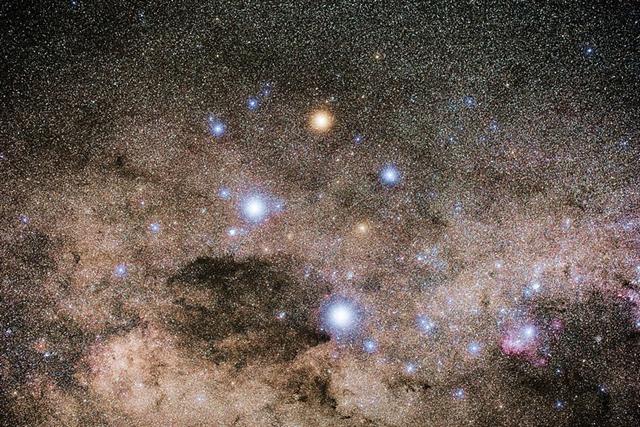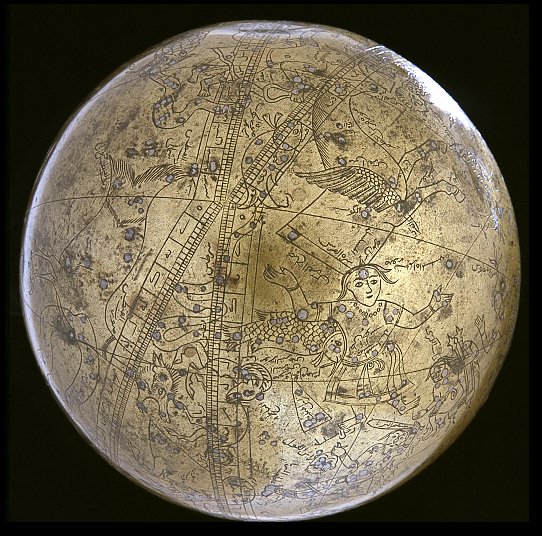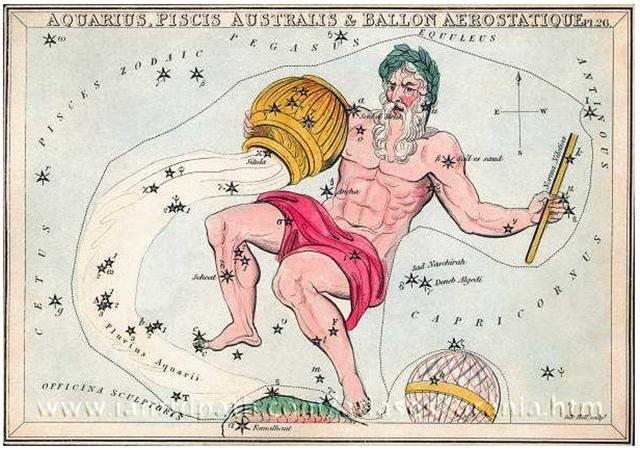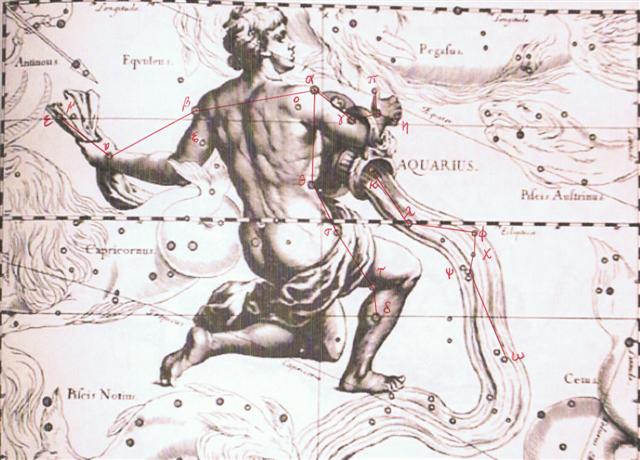147. Venus was invisible for 8 nights before
returning as Morning Star. And she was invisible for
50 nights before returning as Evening Star. 8 + 50 =
58 and 58 = 2 * 29 = 348 (number of glyphs on side b of the
C tablet) - 290. Could these numbers have inspired
the structures of the rongorongo writers?
407 (Cb-15), where the coconut world tree stood up (e
niu tu), minus 50 = 357 = Ca13-14
(similar to 3-14). A place to count from (hia)
according to Metoro. And here, at Manus Catenata (the Chained Hand),
there was
a hole for the emergence of the coconut tree (ka pu te
niu). March 14, 3-14, sugges ts
π:
 |
 |
 |
 |
 |
45 |
|
Ca13-11 (354) |
Ca13-12 |
Ca13-13 |
Ca13-14 (357) |
Ca13-15 |
|
e toru gagata,
tuhuga nui, tuhuga roa, tuhuga
marakapa* - ma te hokohuki te
tapamea - te kihikihi
*
Jaussen: kapa chant. |
te vaha erua -
te maro |
tagata kara te
roturotu - te maro |
ka pu te niu -
mai tae huki
hia |
ka pu te niu |
|
Sept 9 (*107 + 64) |
*172 (= *355 - 183) |
*173 |
*174 |
13 (256 = 4 * 64) |
|
JULY 6 (*107) |
7 (188) |
8 |
9 |
(*111 = *175 - *64) |
|
167 = 350 - 183 |
168 = 188 - 20 |
169 |
170 |
171 = 175 - 4 |
|
CLOSE TO THE FULL MOON (and
nakshatra dates): |
|
10 (*354 = 12 * 29½) |
11 |
12 (436 = 80 + 356) |
March
13 (80 - 8) |
MANUS CATENATA |
|
JAN 5 (*290) |
6 (291 + 80 = 371) |
7 (372 = 436 - 64) |
8 (72 - 64 = 8) |
9 (*294) |
|
350 |
351 |
352 |
353 = 373 - 20 |
354 = 358 - 4 |
|
Pu
1. To come forward to greet
someone met on the road; to walk
in front, to go in front:
ka-pú a mu'a, let them go
first. 2. Pú a mu'a, to
intervene, to come to someone's
rescue; he-pú-mai a mu'a,
he-moaha, he came to my
rescue and saved my life. 3.
Ancient expression: ai ka-pú,
ai ka-pú, tell us frankly
what you think. 4. Hole,
opening, orifice; well;
circumference, rotundity;
swirling water; pú-haga,
vaginal orifice; pú-henua
(also just henua),
placenta. He pú henua nó te
me'e aau, he-oti-á; ina-á
me'e ma'u o te rima i-topa-ai
koe, a placenta was all you
had, it is a past thing now; you
held nothing in your hands when
you were born (stern words said
to children to make them realize
that they must not be demanding,
since they were born naked and
without possessions). 5. To dig
out (tubers): he-pú i te uhi,
to dig out yams. Vanaga.
1. A trumpet. P Mgv.: pu,
a marine shell. Mq.: pu,
conch shell. Ta.: pu,
shell, trumpet. 2. A small
opening, hole, mortise, stirrup,
to pierce, to perforate, to
prick; pu moo naa, hiding
place; taheta pu,
fountain, spring; hakapu,
to dowel, to pierce, to
perforate. PS Sa., Fu., Niuē:
pu,
a hole. Mq.: Pu, source, origin.
Ma.: pu, root, origin,
foundation. Churchill. |
 |
 |
 |
 |
|
Cb1-12 (404 = 354 + 50) |
Cb1-13 |
Cb1-14 (350 + 56) |
Cb1-15 (407) |
|
manu rere -
kua rere ga manu - ki te ragi |
eaha te nuku erua |
koia kua huki |
e
niu tu |
|
INVISIBLY CLOSE TO THE SUN
(helical dates): |
|
ρ Lupi (221.0),
TOLIMAN = α Centauri
(221.2), π Bootis (221.8), ζ
Bootis (221.9) |
31 Bootis
(222.0),
YANG MUN (South Gate) = α Lupi
(222.1),
RIJL AL AWWA (Foot of the
Barker) = μ Virginis
(222.5), ο Bootis (222.9) |
IZAR (Girdle) = ε Bootis
(223.0),
109 Virginis,
α Apodis (No Feet)
(223.3), μ Librae (223.8) |
Al Zubānā-14a
/
Visakha-16 /
Root-3 (Badger)
ZUBEN ELGENUBI
= α Librae
(224.2), ξ Bootis, ο Lupi
(224.5) |
|
Oct 28 |
29 |
30 |
31 (304) |
|
ºOct 24 |
25 |
26 |
27 (300) |
|
*181 = *364 - 183 |
"Sept 19 (262) |
*183 (263) |
21 (264 = 81 + 183) |
|
AUG 25 (*107 + *50) |
26 |
27 |
28 (240 = 304 - 64) |
|
217 = 167 + 50 |
218 |
219 = 36 + 183 |
220 = 240 - 20 |
|
CLOSE TO THE FULL MOON (and
nakshatra dates): |
|
μ
Arietis (39.4),
HEAD OF THE FLY = 35 Arietis
(39.6),
KAFFALJIDHMA = γ Ceti,
θ Persei (39.8) |
π
Ceti, ο Arietis (40.0),
ANGETENAR (Bend in the River) =
τ¹ Eridani,
μ Ceti
(40.2),
RIGHT WING = 39 Arietis
(40.9) |
Bharani-2 /
Stomach-17
(Pheasant)
π
Arietis (41.2),
MIRAM = η Persei
(41.3),
BHARANI
= 41 Arietis (41.4),
τ² Eridani, σ Arietis (41.7) |
TA LING (Great Mound) = τ Persei
(42.4) |
|
April 29 (73 + 46) |
30 |
May 1 (121) |
2 (*42) |
|
ºApril 25
(115) |
26 (4 * 29) |
27 (366 - 249 = 9 * 13) |
28 |
|
"March 19 (*364) |
3-20 (*365) |
0h (*366) |
"March 22 (*1) |
|
FEBR 23 (404 - 350 = 54) |
BIS-SEXTUM |
25 (239 - 183) |
26 (57 = *42 - *1 + 80 - 64) |
|
400 = 350 + 50 |
401 = 35 + 366 |
402 |
403 = 220 + 183 |
|
34 = 54 - 20 |
35 |
36 |
37 = 57 - 20 |
|
... The leap day
was introduced as part of the
Julian reform. The day following
the Terminalia (February 23) was
doubled, forming the 'bis
sextum - literally 'double
sixth', since February 24 was
'the sixth day before the
Kalends of March' using Roman
inclusive counting (March 1 was
the 'first day'). Although
exceptions exist, the first day
of the bis sextum
(February 24) was usually
regarded as the intercalated or
'bissextile' day since the third
century. February 29 came to be
regarded as the leap day when
the Roman system of numbering
days was replaced by sequential
numbering in the late Middle
Ages ... |
|
The sequence of star dates in
the text seems here to make a
jump ahead with 1 place, because
*366 = 365 + 1 and from Mira
(*33) to Bharani (*41) there
were not 8 but only 7 days
(glyphs). April 29
→ 4 *
29 = 116 could allude to Cb1-10
where the 'fist' uplifted in
front should mean 'nothing has
as yet been counted'. |
|
... Later on in this series of
rituals, the Chorti go
through a ceremony they call
raising the sky. This ritual
takes place at midnight on the
twenty-fifth of April and
continues each night until the
rains arrive. In this ceremony
two diviners and their wives sit
on benches so that they occupy
the corner positions of the
cosmic square. They take their
seats in the same order as the
stones were placed, with the men
on the eastern side and the
women on the west. The ritual
actions of sitting down and
lifting upward are done with
great precision and care,
because they are directly
related to the actions done by
the gods at Creation. The people
represent the gods of the four
corners and the clouds that
cover the earth. As they rise
from their seats, they
metaphorically lift the sky. If
their lifting motion is uneven,
the rains will be irregular and
harmful
...
 |
I have asssumed the beginning of the
C text on side a of the tablet was determined
to be where at the time of rongorongo 0h was at the
Full Moon - i.e. where the Navel of the Horse
(Sirrah, α Andromedae)
could
be observed in the night. This was the time which
south of the equator corresponded to March 21 (0h)
north of the equator.
We can see how the
Gregorian calendar dates could have been used for
the structure, how 4 right ascension days earlier,
at the time of the Pope, the Sun had been at Acrux (†)
with 0h (*) at the Full Moon. South of the
equator the 'birth' (*) of the summer 'year'
coincided with the 'death' (†)
of summer north of the equator, to the time
when the Sun crossed over the equator from the
northern to the southern hemisphere:
|
no glyph |
 |
 |
 |
 |
 |
 |
|
Ca1-1 |
Ca1-2 |
Ca1-3 |
Ca1-4 |
Ca1-5 |
Ca1-6 |
|
koia |
ki te hoea |
ki te henua |
te rima te hau tea |
haga i te mea ke |
ki te henua - tagata honui |
|
INVISIBLY CLOSE TO THE SUN
(helical dates): |
|
ºSept 16 |
17 (260) |
18 |
19 |
20 (*183) |
21 (264) |
EQUINOX |
|
ALCHITA
= α Corvi,
MINKAR (Beak)
= ε Corvi |
PÁLIDA (Pale)
= δ Crucis |
GIENAH (Wing)
= γ Corvi, ζ Crucis |
CHANG SHA (Long Sand-bank)
= ζ Corvi |
INTROMETIDA
= ε Crucis,
ACRUX
= α Crucis |
ALGORAB
= δ Corvi,
GACRUX
= γ Crucis |
AVIS
SATYRA
= η Corvi,
KRAZ
= β Corvi |
|
Sept 20
'Aug 24 |
(264 = 237 + 27)
(237
= 242 - 5) |
EQUINOX
26 |
23 (266)
27 |
24
28 (240) |
25 (*5 + 183)
29 |
(59 + 183 + 27)
30 (242 = 11 * 22) |
|
"Aug 10 |
11 |
12 |
13 |
14 |
15 (227) |
16 |
|
JULY 18 |
19 (264 - 64) |
20 |
21 |
22 / 7 (π) |
23 |
24 (*125) |
|
179 |
180 |
181 |
182 |
183 = 203 - 20 |
184 = 264 - 80 |
185 |

... There was no water in the
village. The lakes and rivers
were dry. Raven and Crow, two
young girls who were having
their first menstrual courses,
were told to go and draw water
from the ocean. Finding the
journey too long, Raven decided
just to urinate into her
basket-bucket. She decieved no
one and was severly scolded.
Crow returned much later but
with drinking water. As a
punishment, Raven was condemned
never to find water in the
summer; only in winter would she
find something to drink. For
that reason the Raven never
drinks during the hot months;
she speaks with a raucous voice
because of her dry throat ... |
|
CLOSE TO THE FULL MOON (and
nakshatra dates): |
|
ºMarch 17 |
18 (77) |
19 |
20 (*365) |
21 (0h) |
22 |
23 |
|
SIRRAH
(Navel of the Horse) = α
Andromedae |
ALGENIB PEGASI |
|
|
|
ANKAA = α Phoenicis
(5.0) |
|
|
March 21 (0h)
'Febr 22 |
22
TERMINALIA |
23
24 |
24 (83)
25 |
JULIAN EQUINOX
26 |
26
27 |
27
28 (59) |
|
"Febr 8 |
9 |
10 |
11 |
12 |
13 |
14 (45) |
|
JAN 16 |
17 |
18 |
19 |
20 (= 84 - 64) |
21 |
22 |
|
362 |
363 |
364 |
365 |
ZERO |
1 = 5 - 4 |
2 = 22 - 20 |
 |
Therefore a strict progression from
the beginning of the text to
Manus Catenata at Ca13-15 (357 + 1 = 358) means its
position should be at *358 counted from Sirrah at
the Full Moon. (Not as I have mistakenly represented
the situation 'upside down' a few pages earlier,
with Manus Catenata at the Sun.)
To avoid unneccesary complications we
could eliminate counting sequentially also for
the heliacal positions. For instance will heliacal
Toliman (*221) be not 183 but 182 days later than
The Head of the Fly (*39). And October 28 (301 = 80 +
221) was not 46 days later than September 13 (256)
but only 45 days later.
Furthermore, the significance of the various
niu glyphs
should be considered:
 |
 |
|
niu |
|
young coconut tree |

|




















